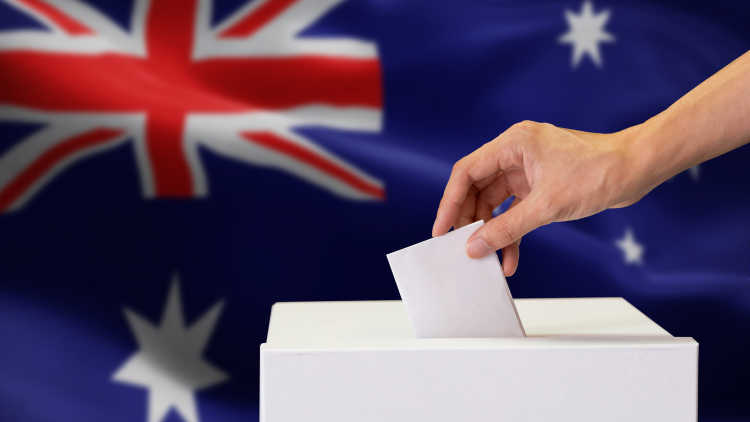- Home
- Research & Transfer
- Research Projects
- Recalibrating China Policy: Australia and New Zealand in Comparative Perspective
Recalibrating China Policy: Australia and New Zealand in Comparative Perspective
Australia and New Zealand (NZ) have in recent years been at the forefront of the growing confrontation between the ‘West’ and China. Despite very close economic ties with China, both countries have substantially changed their approaches to dealing with the People’s Republic. This research project contributes to and seeks to advance relevant academic as well as policy-oriented debates on the topic.
GIGA, 2018-2021
Head
Research Questions
- Why and how have the two Australasian allies adjusted their China policies?
- How have Australia and NZ, the two traditional regional powers in the South Pacific, reacted to China's increased presence in the region?
- To what extent have Australia and NZ's China and Pacific policies differed across the two country contexts and over time?
Contribution to International Research
The research project is the first to examine in depth and from a comparative perspective the recent resets of China and Pacific-related policies in Australia and NZ. It contributes to extant and emerging debates in area studies and foreign policy analysis.
Research Design and Methods
The project is based on an intra-regional comparison and makes use of outcome-explaining process tracing in two cases as well as semi-structured elite and expert interviews in NZ conducted in 2019 and 2020.
Preliminary Findings
A subsequent comparative analysis of Australia and New NZ's Pacific policies revealed that two allies' recent signature Pacific policy initiatives were aligned, reflecting shared concerns about China's growing regional presence. Yet, Australia and NZ's Pacific policies continue to diverge to some extent in the areas of security, migration and climate change policy. These divergences reflect differences between Australia and NZ in terms of geographical settings (and connected different sub-regional foci), military capabilities and alliance obligations as well as in terms of policy pathways and domestic politics.






